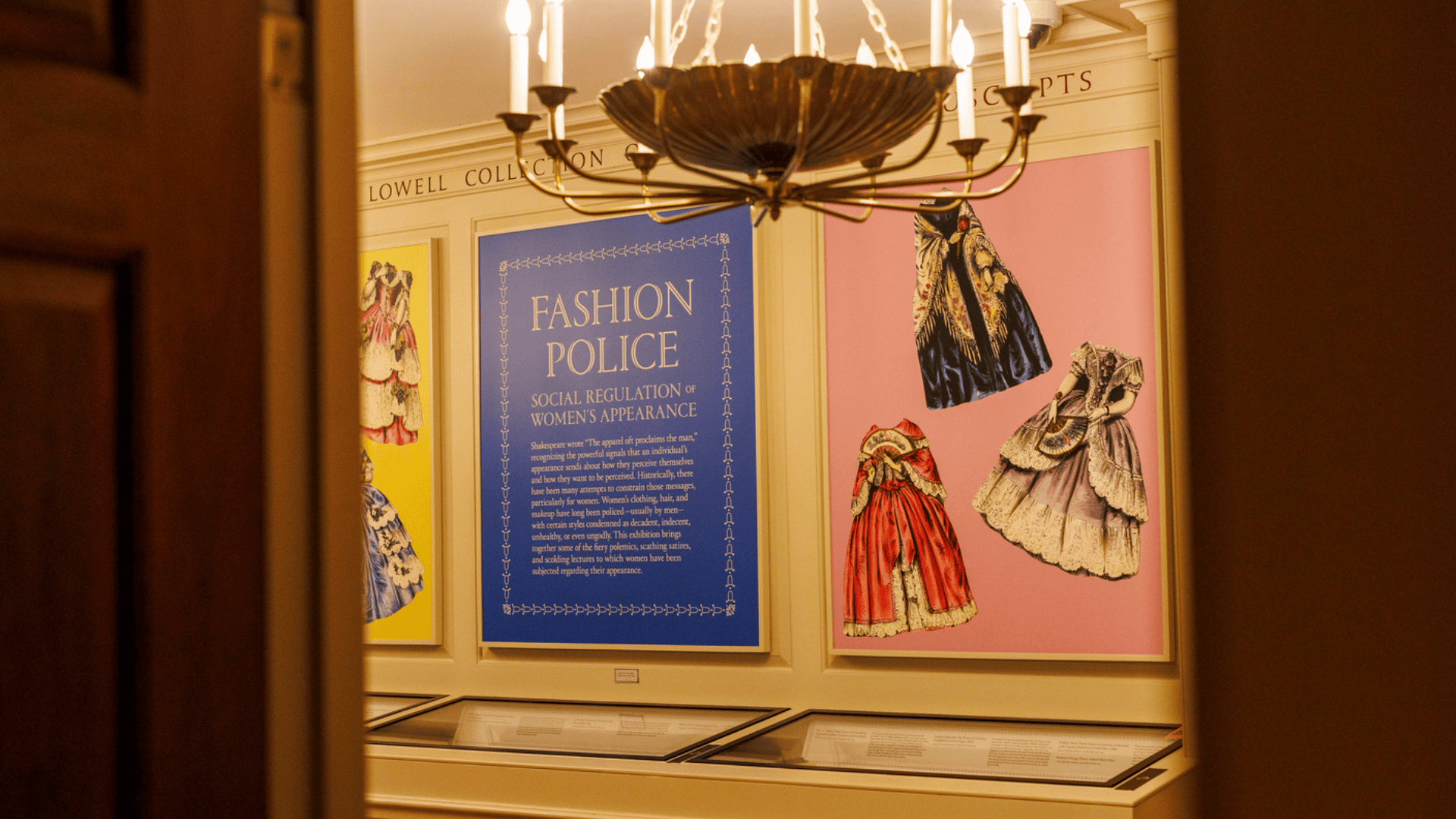
""There are tons of examples [throughout] history of mostly men objecting to various kinds of women's appearance and self-expression and the messages that those things communicate," said John Overholt, the curator of the Donald and Mary Hyde Collection of Dr. Samuel Johnson and Early Books and Manuscripts."
""The apparel oft proclaims the man.""
""[It] was such a such a wonderfully over-the-top title, to be that upset about women and their skirts," he said. "I thought that was a very clear analog to men not wanting to see women as taking up too much space or garnerin"
Attempts to police women's dress have recurred across centuries, driven largely by male objections to appearance and perceived self-expression. Examples include 17th-century royal decrees specifying coronation attire for noblewomen, 18th-century satirical illustrations mocking towering hairstyles, and polemical titles condemning hoop-petticoats and voluminous skirts. A Shakespearean aphorism linked apparel to public perception and social status. Visual satire, legal regulation, and polemical literature functioned as mechanisms of social regulation that communicated norms about gender, class, acceptable female visibility, and the propriety of women occupying physical or symbolic space.
Read at Harvard Gazette
Unable to calculate read time
Collection
[
|
...
]